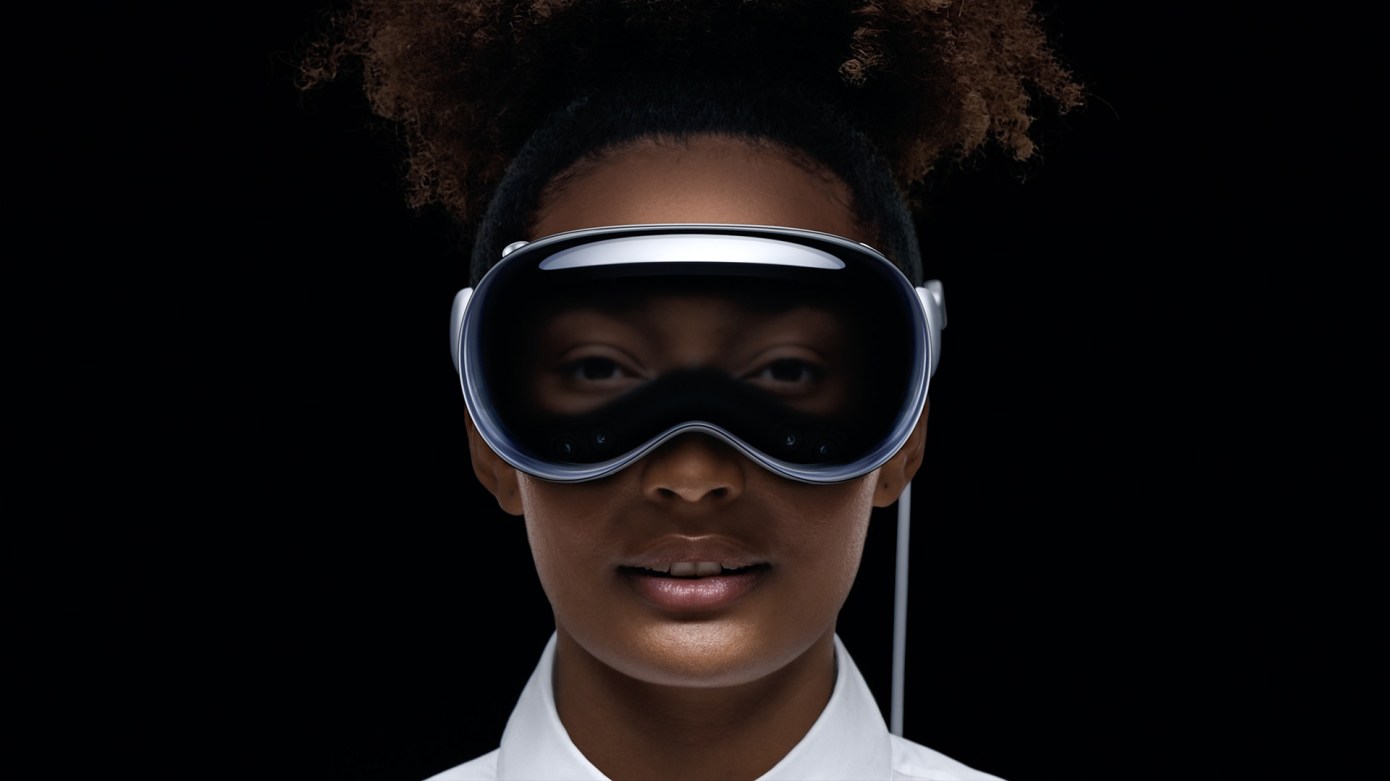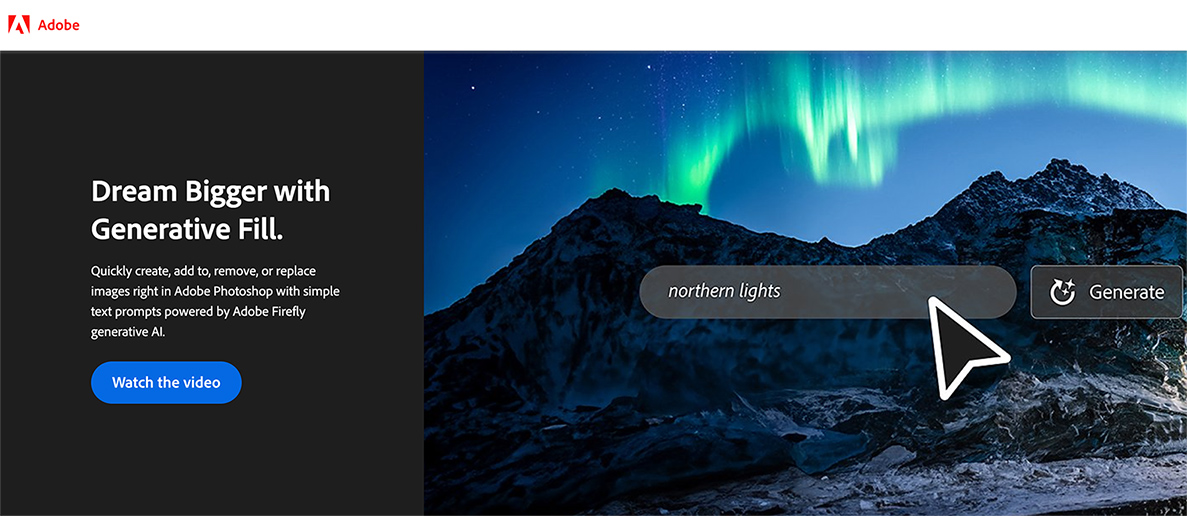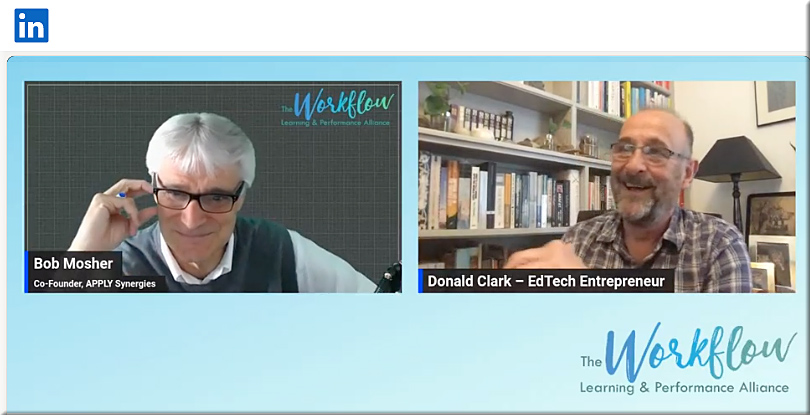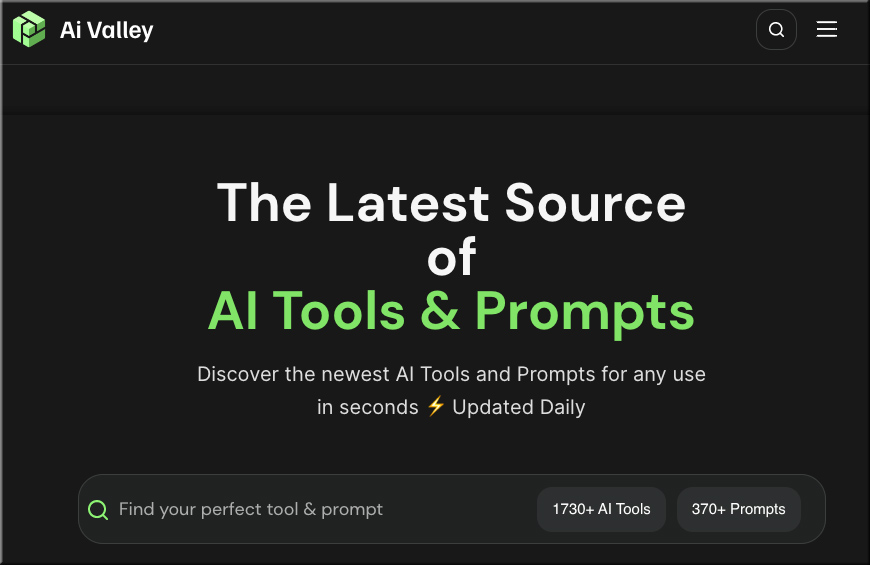Apple’s $3,499 Vision Pro AR headset is finally here — from techcrunch.com by Brian Heater
Image Credits: Apple
Excerpts:
“With Vision Pro, you’re no longer limited by a display,” Apple CEO Tim Cook said, introducing the new headset at WWDC 2023. Unlike earlier mixed reality reports, the system is far more focused on augmented reality than virtual. The company refresh to this new paradigm is “spatial computing.”
Reflections from Scott Belsky re: the Vision Pro — from implications.com
Apple WWDC 2023: Everything announced from the Apple Vision Pro to iOS 17, MacBook Air and more — from techcrunch.com by Christine Hall
Apple unveils new tech — from therundown.ai (The Rundown)
Here were the biggest things announced:
- A 15” Macbook Air, now the thinnest 15’ laptop available
- The new Mac Pro workstation, presumably a billion dollars
- M2 Ultra, Apple’s new super chip
- NameDrop, an AirDrop-integrated data-sharing feature allowing users to share contact info just by bringing their phones together
- Journal, an ML-powered personalized journalling app
- Standby, turning your iPhone into a nightstand alarm clock
- A new, AI-powered update to autocorrect (finally)
- Apple Vision Pro
Apple announces AR/VR headset called Vision Pro — from joinsuperhuman.ai by Zain Kahn
Excerpt:
“This is the first Apple product you look through and not at.” – Tim Cook
And with those famous words, Apple announced a new era of consumer tech.
Apple’s new headset will operate on VisionOS – its new operating system – and will work with existing iOS and iPad apps. The new OS is created specifically for spatial computing — the blend of digital content into real space.
Vision Pro is controlled through hand gestures, eye movements and your voice (parts of it assisted by AI). You can use apps, change their size, capture photos and videos and more.
From DSC:
Time will tell what happens with this new operating system and with this type of platform. I’m impressed with the engineering — as Apple wants me to be — but I doubt that this will become mainstream for quite some time yet. Also, I wonder what Steve Jobs would think of this…? Would he say that people would be willing to wear this headset (for long? at all?)? What about Jony Ive?
I’m sure the offered experiences will be excellent. But I won’t be buying one, as it’s waaaaaaaaay too expensive.




















![The Living [Class] Room -- by Daniel Christian -- July 2012 -- a second device used in conjunction with a Smart/Connected TV](http://danielschristian.com/learning-ecosystems/wp-content/uploads/2012/07/The-Living-Class-Room-Daniel-S-Christian-July-2012.jpg)